A PLACE TO PRESERVE THE ESSENCE OF SOUTHERN ART
At the Consultation Workshop on Promoting the Value of Historical and Cultural Relics in Tourism Development in Tien Giang Province, scientists said that the art of Don Ca Tai Tu - a type of folk music recognized by UNESCO as a representative intangible cultural heritage of humanity - is also deeply rooted in the life of the Tien Giang community. Tien Giang has long been known as the cradle of many talented people in the art of Cai Luong and Don Ca Tai Tu in the South.
According to cultural researchers, from the late 19th century to the early 20th century, this land formed folk music groups - the predecessors of later reformed opera troupes. Famous names such as Tran Huu Trang, Phung Ha, Nam Phi, Bay Nam, Nam Chau... are all from Tien Giang, who have devoted their whole lives to the development of Vietnamese reformed opera. It is the close connection between folk art forms and people's lives that has created a rich and authentic indigenous cultural foundation - an extremely valuable factor for developing tourism products typical of Tien Giang.
According to Dr. Mai My Duyen, a lecturer at Tra Vinh University and Ho Chi Minh City University of Culture: Compared to other localities, folk performing arts appeared in Tien Giang very early, closely linked to the history of formation and development of the province's economy, culture and society. From the second half of the 19th century to the present, many famous talents have appeared, such as: Dr. Phan Hien Dao, artisans and musicians of the two families Tran Quang and Nguyen Tri in Vinh Kim, Nguyen Tong Trieu in Cai Thia... and artisans recognized by the State as Meritorious Artisans today, such as: Duc Hue, Huynh Anh, Hong Tuoi, Thanh Nhan, Nguyet Chau... (Legal music, amateur music).
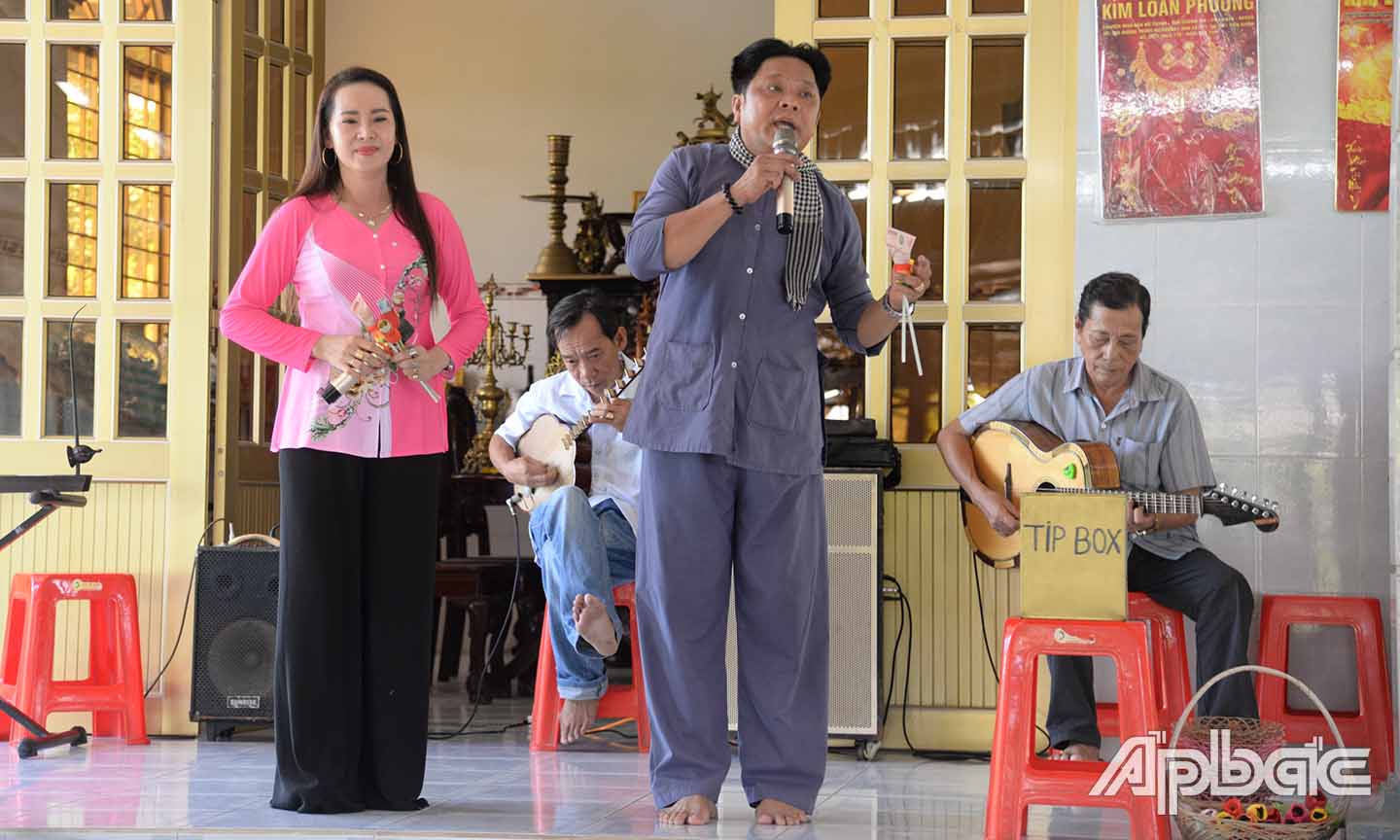 |
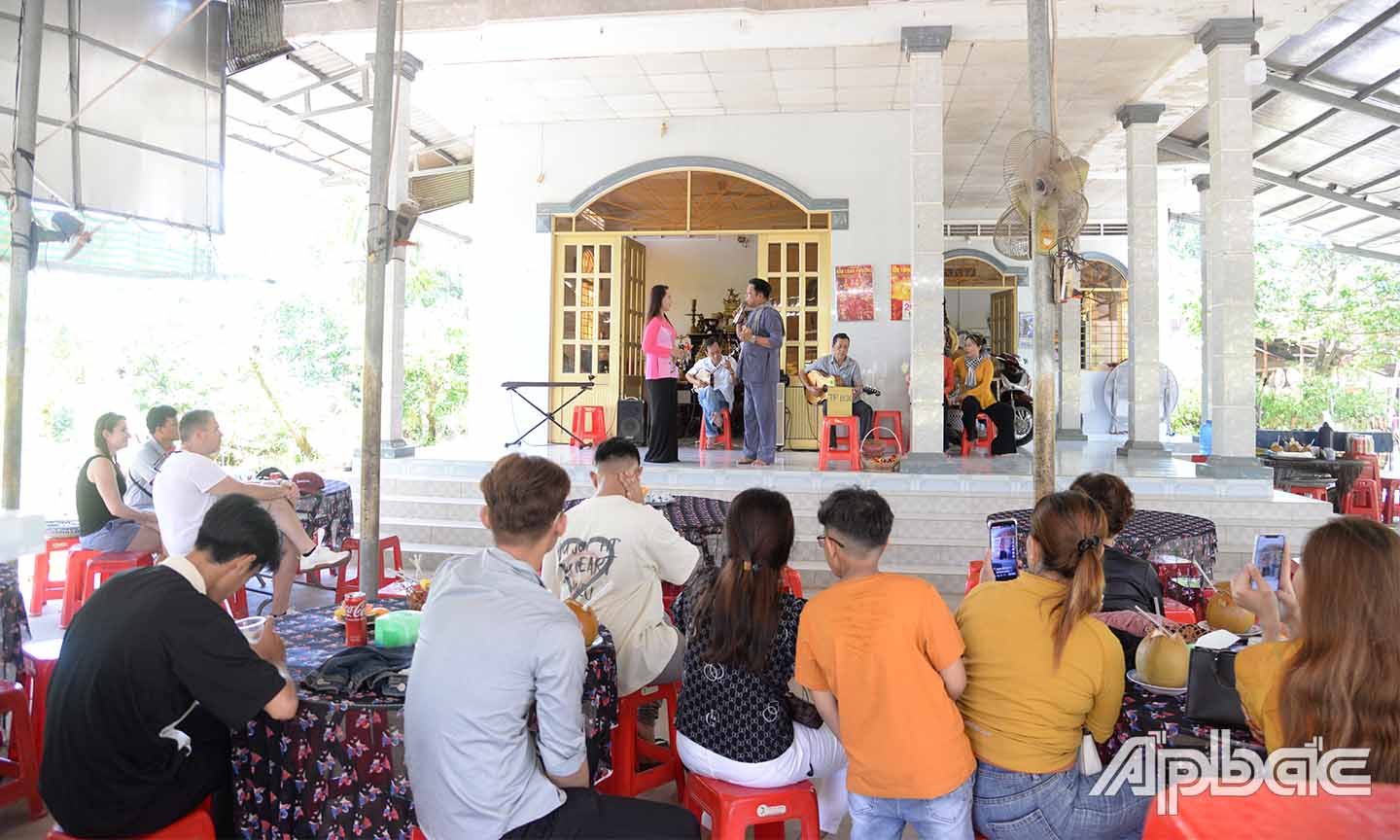 |
| Tourists watch a performance of traditional music at a tourist spot in Tan Phong Islet, Cai Lay District. |
According to the document of the Workshop “Promoting the value of historical and cultural relics in tourism development in Tien Giang province”, the art of Cai Luong and Don Ca Tai Tu is not only a heritage that needs to be preserved but also an important foundation for forming tourism products with a unique mark. In particular, river tours on the Tien River, combining the experience of listening to Don Ca Tai Tu on boats, enjoying garden fruits, visiting craft villages, etc. have become a unique “brand” of eco-cultural tourism in Tien Giang, attracting hundreds of thousands of tourists each year.
Community tourism models in Thoi Son Islet (Thoi Son Commune, My Tho City), Tan Phong Islet (Tan Phong Commune, Cai Lay District), or Dong Hoa Hiep Ancient Village (Cai Be District) all have amateur music performances to serve tourists. In addition, some local tourism operators have also experimented with bringing Cai Luong into homestay or night tour spaces, helping international and domestic tourists explore traditional theater through classic excerpts, with English commentary. Although not yet widely popular, this is a creative model with great potential for development if properly invested and promoted.
OPPORTUNITIES AND CHALLENGES
In the context of tourism entering a competitive phase based on depth of experience and cultural values, integrating art forms such as amateur music and reformed opera into tourism products is not only an inevitable trend but also a sustainable development strategy.
In recent times, Tien Giang province has implemented many solutions to promote the value of Don Ca Tai Tu associated with tourism in the province, such as periodically organizing the Gratitude Nocturne Program at Thay Nam Tu Theater (My Tho City), a relic associated with the history of Cai Luong that attracts a large number of viewers. Along with that, the province also combines community tourism and OCOP products, typically the Project on Developing Community Tourism Associated with Promoting the Art of Don Ca Tai Tu in the Southern Region in Thoi Son Commune (My Tho City) according to Plan 3357/KH-UBND dated July 31, 2024. The project aims to form a model to replicate throughout the province, integrating OCOP tourism products, performing arts and ecological space experiences.
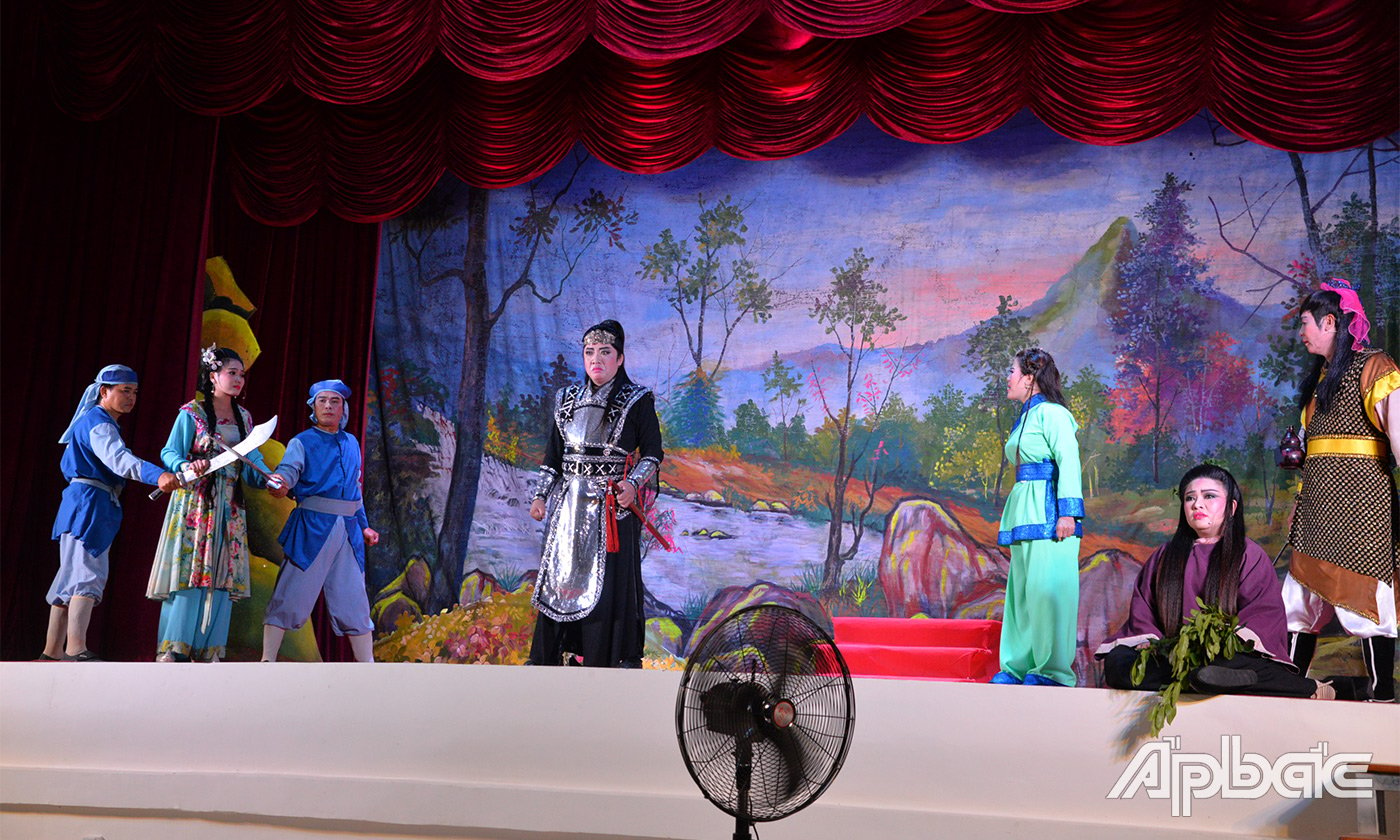 |
| Artists performing in the Tri Am Nocturne Program held at Thay Nam Tu Theater, My Tho City. Photo: GIA TUE |
According to Associate Professor Dr. Huynh Quoc Thang, Senior Lecturer of the Faculty of Cultural Studies, University of Social Sciences and Humanities - Ho Chi Minh City National University, Tien Giang needs to promote the development of cultural tourism products based on existing identities, in which Don Ca Tai Tu should be performed periodically, associated with festivals, events, or local cultural tours. However, the exploitation of traditional arts for tourism still faces many barriers.
Accordingly, one of the major challenges is the decline of the legacy of artisans. Many veteran artists who were once famous have now retired or are no longer able to perform, while the younger generation is not interested in pursuing the profession. In addition, the performance facilities at destinations lack investment, lack of standard stages and suitable sound and lighting systems.
Training young artists, combining school programs, and Cai Luong - Don Ca Tai Tu composition camps for students are also long-term ways to spread the passion. School tours, experiencing “a day as an artisan” in craft villages, mini classes on traditional musical instruments, etc. are creative tourism models that are being encouraged.
According to Associate Professor, Dr. Huynh Quoc Thang, Tien Giang can periodically deploy amateur music performances at typical destinations, combined with festival spaces or waterway tourism routes such as Thoi Son, Cai Be... Amateur music should not just stop at the "illustrative" level, but should be built as a key cultural product, with a brand, properly invested in and associated with specialized cultural tours.
In addition, regional links between Tien Giang - Ben Tre - Vinh Long - Tra Vinh can form a Southern cultural tourism cluster, in which Cai Luong and Don Ca Tai Tu are the connecting cultural axes. It is necessary to train a team of tour guides and young artists with local cultural knowledge and content creation ability. At the same time, cultural tourism clusters should be formed connecting the provinces of the Mekong Delta, with Don Ca Tai Tu and Cai Luong stage as the connecting axis of traditional arts. In addition, the training of tour guides with knowledge of Cai Luong and Don Ca Tai Tu has not been given due attention. This makes the tourist experience sometimes monotonous and lacking cultural depth, especially for international tourists.
USA HIGH
Source: https://baoapbac.vn/van-hoa-nghe-thuat/202505/don-ca-tai-tu-va-cai-luong-lam-nen-suc-hut-cho-du-lich-tien-giang-1043979/



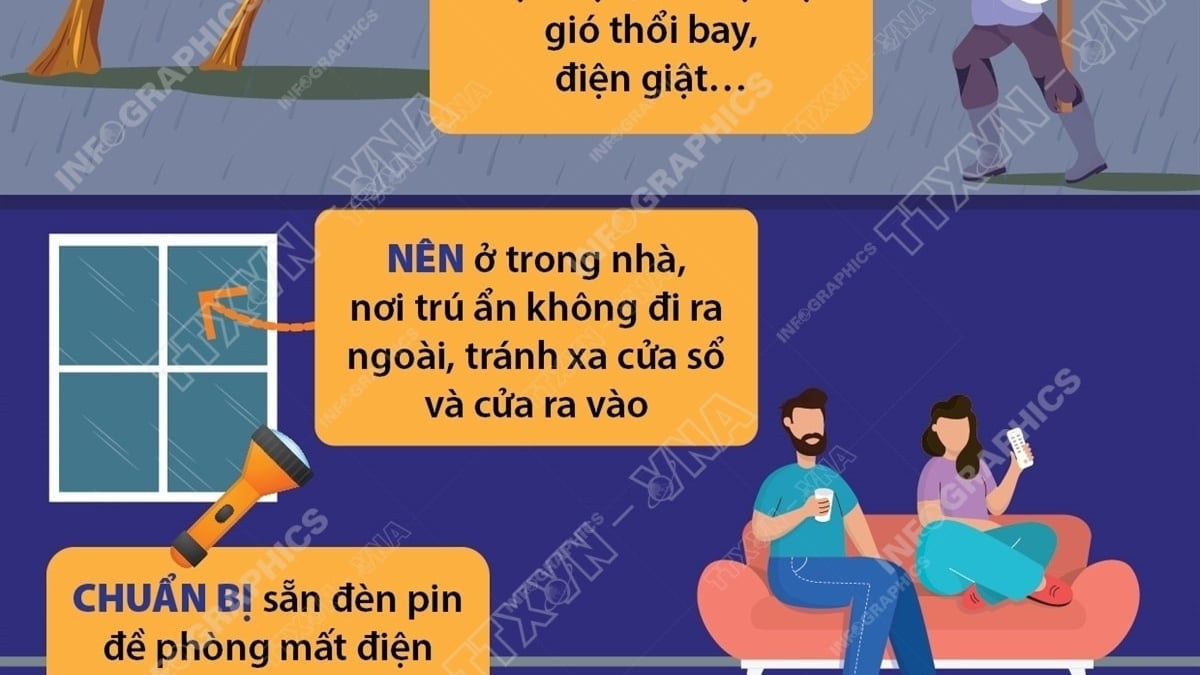
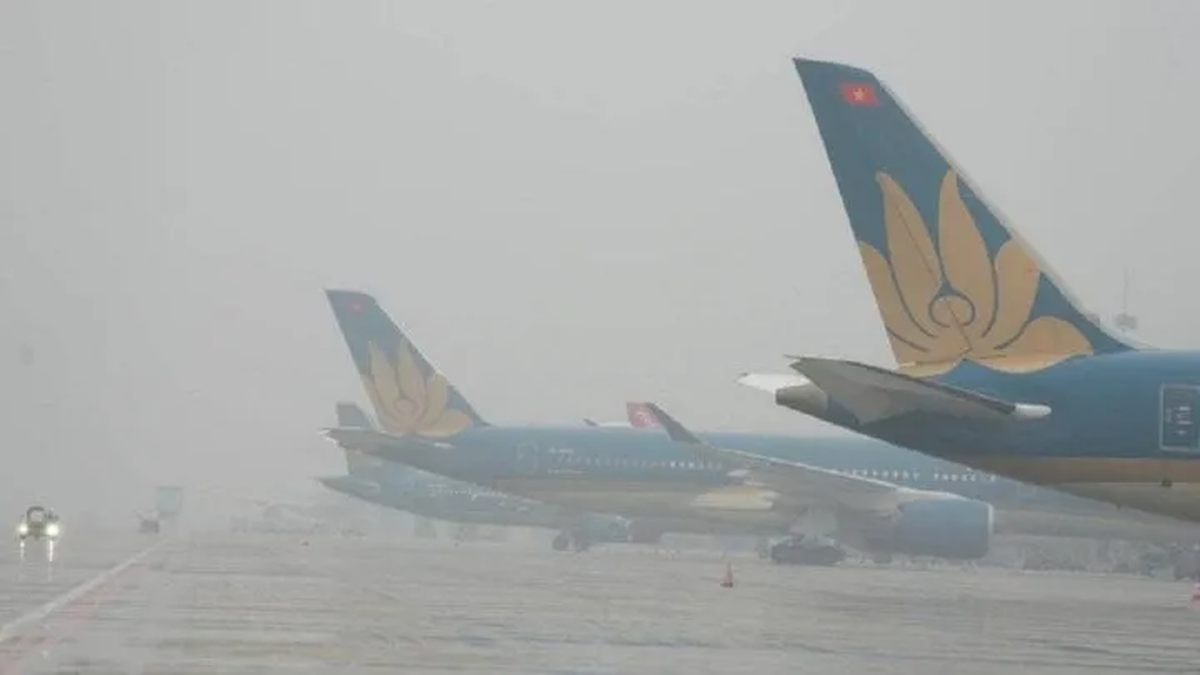

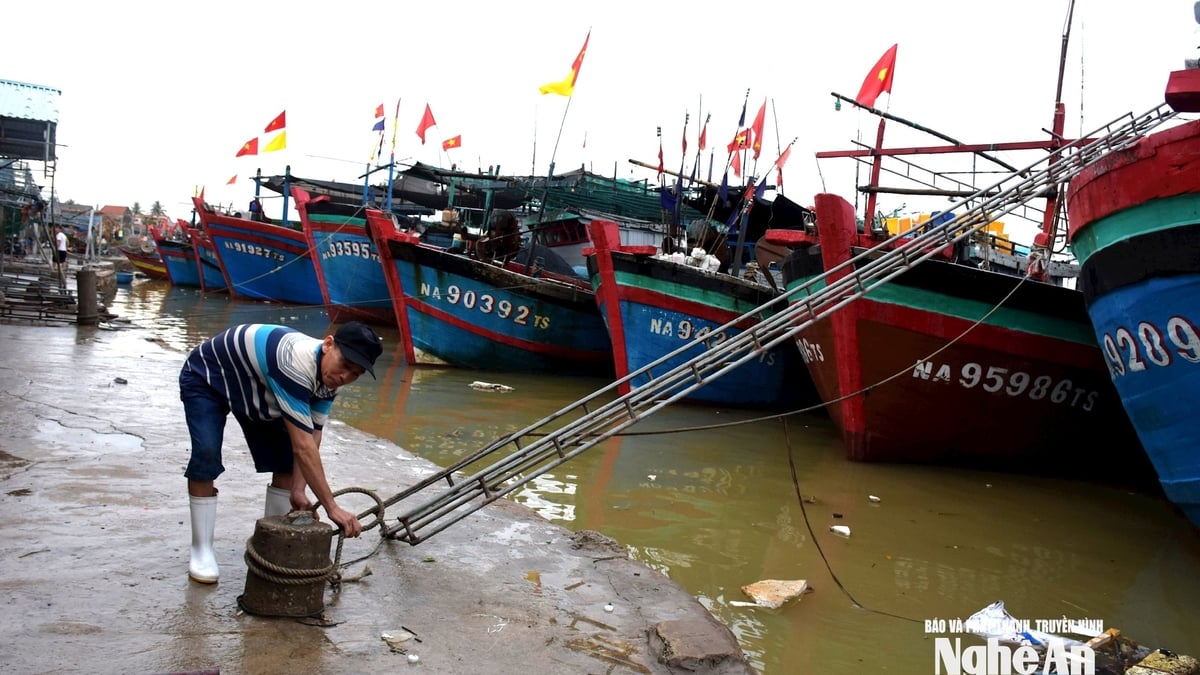

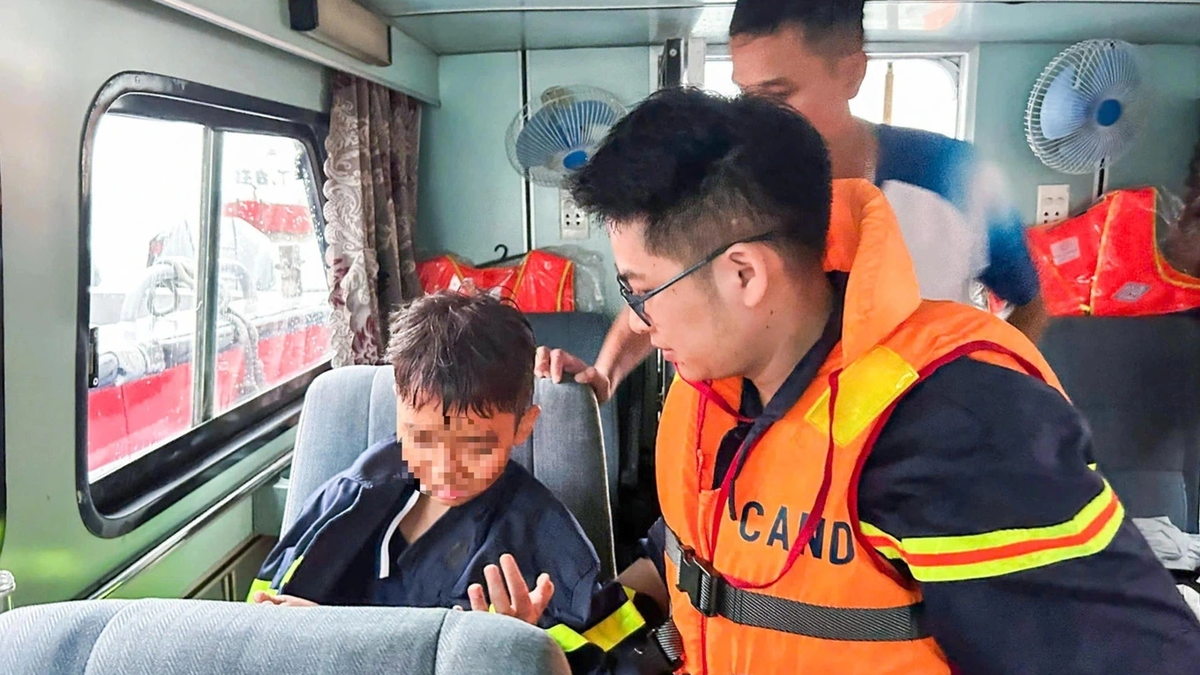
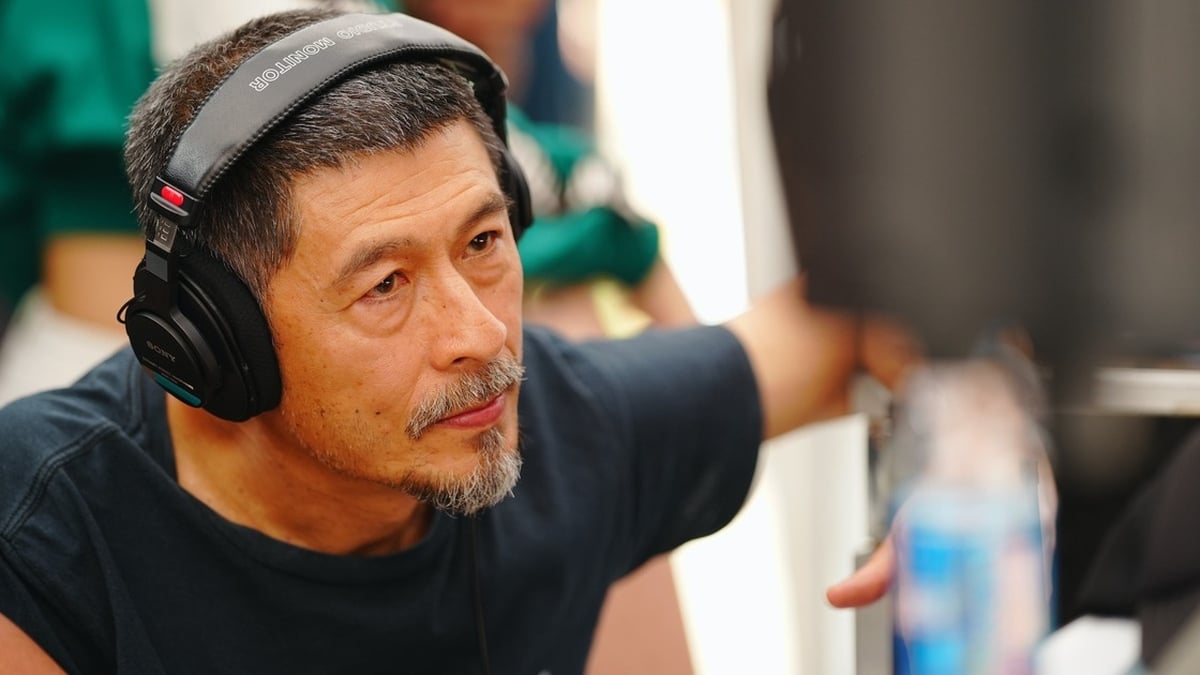
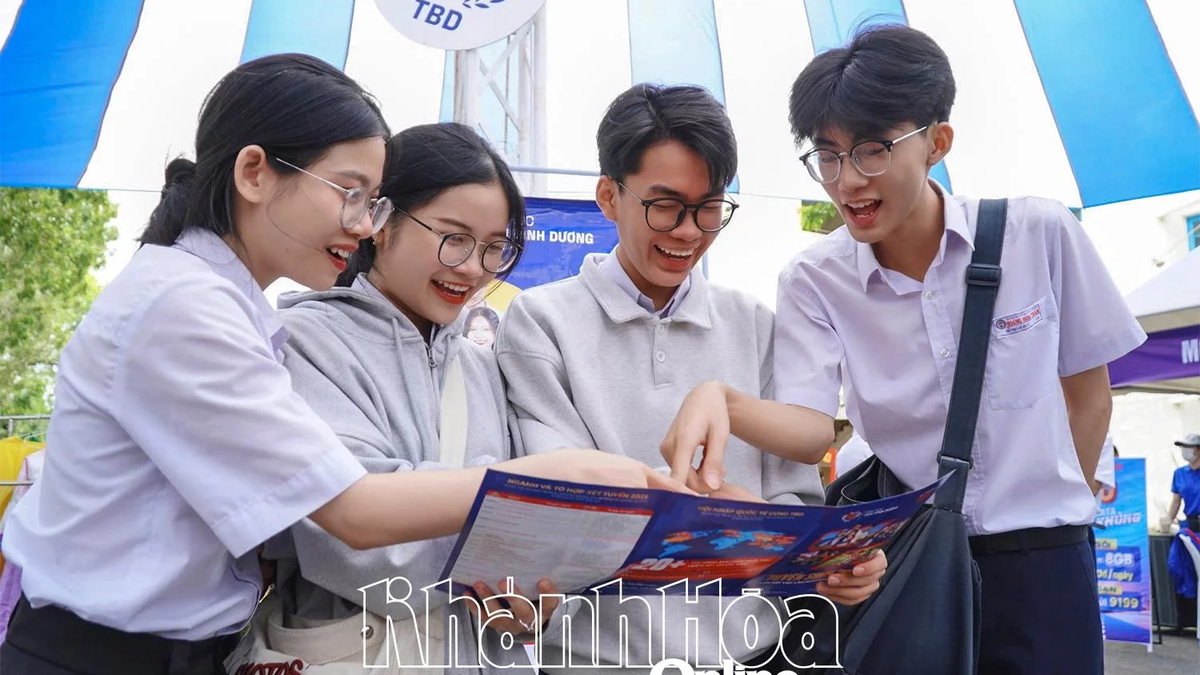
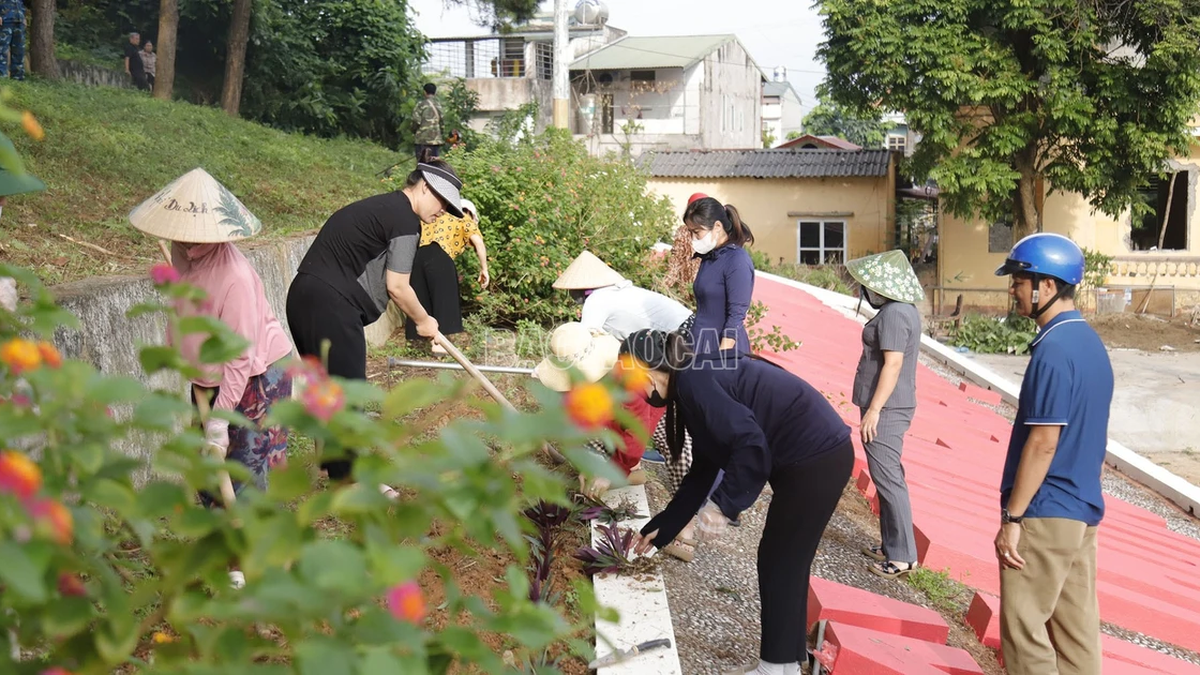
























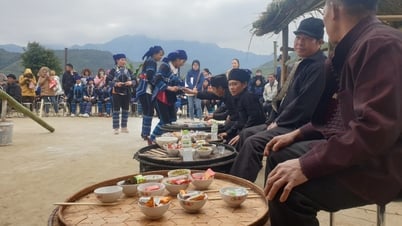
















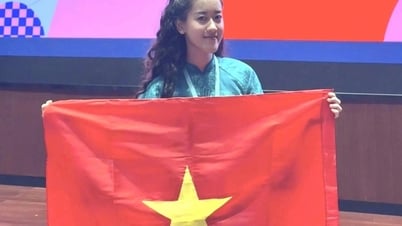










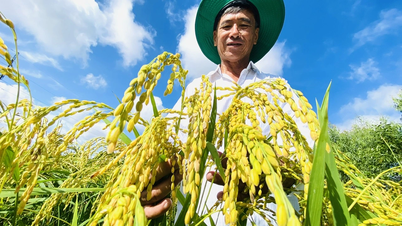

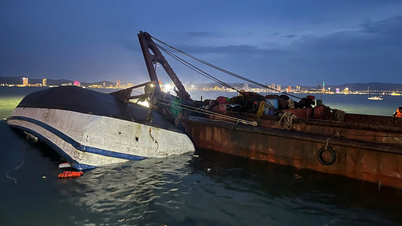





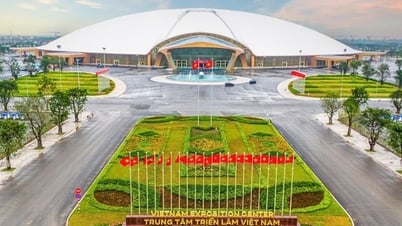
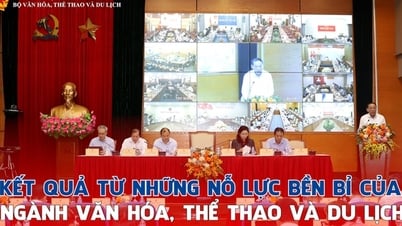
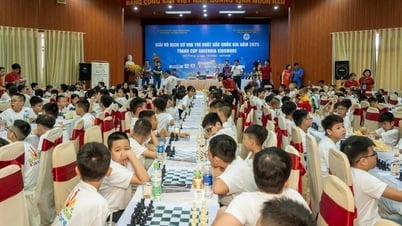






















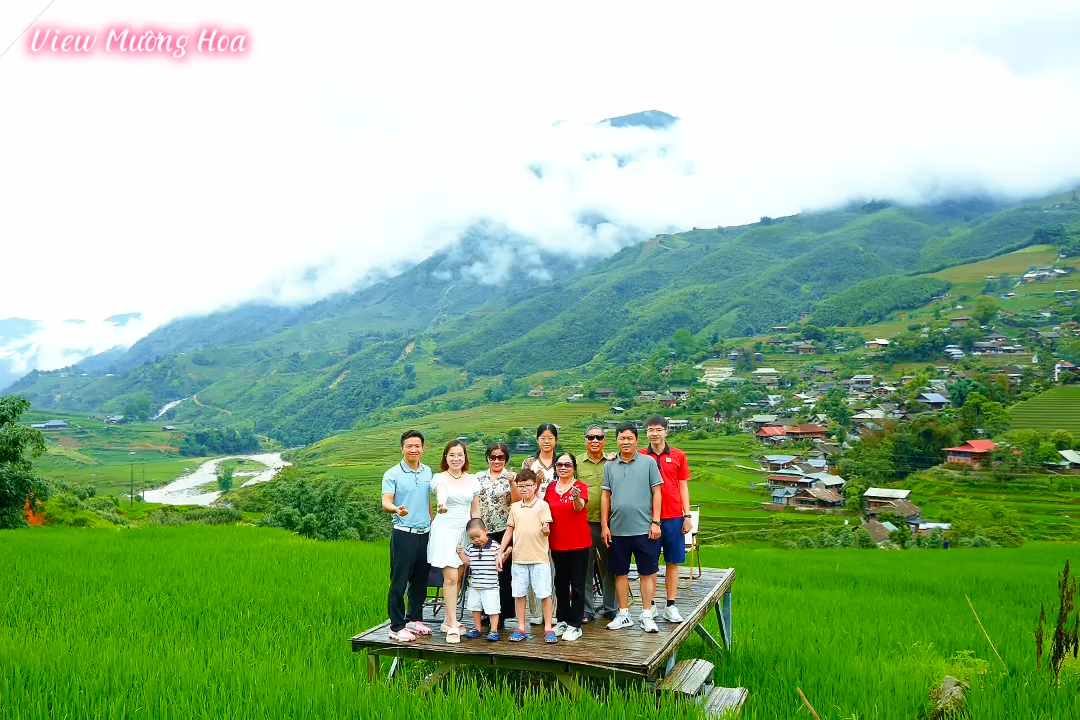


Comment (0)